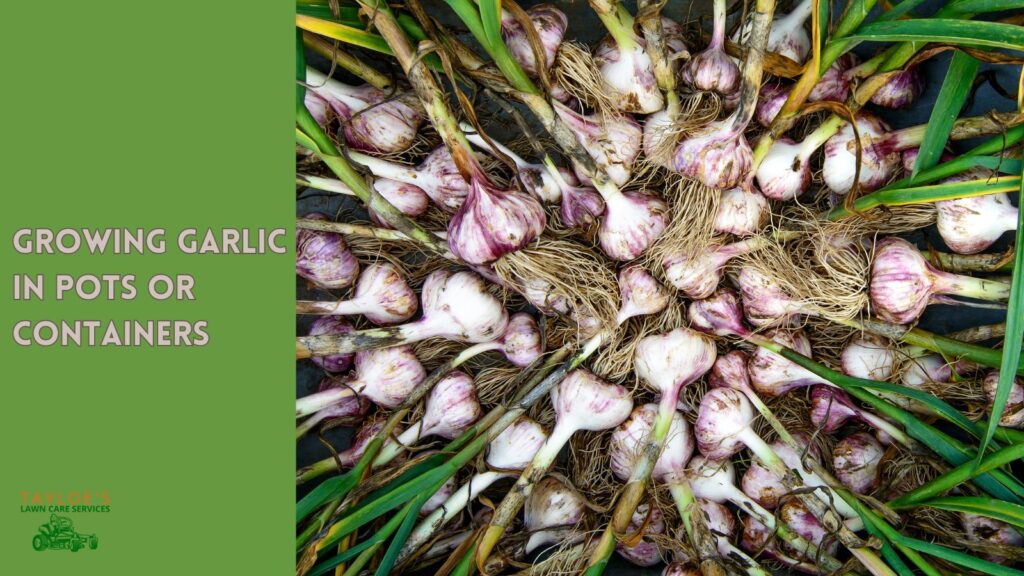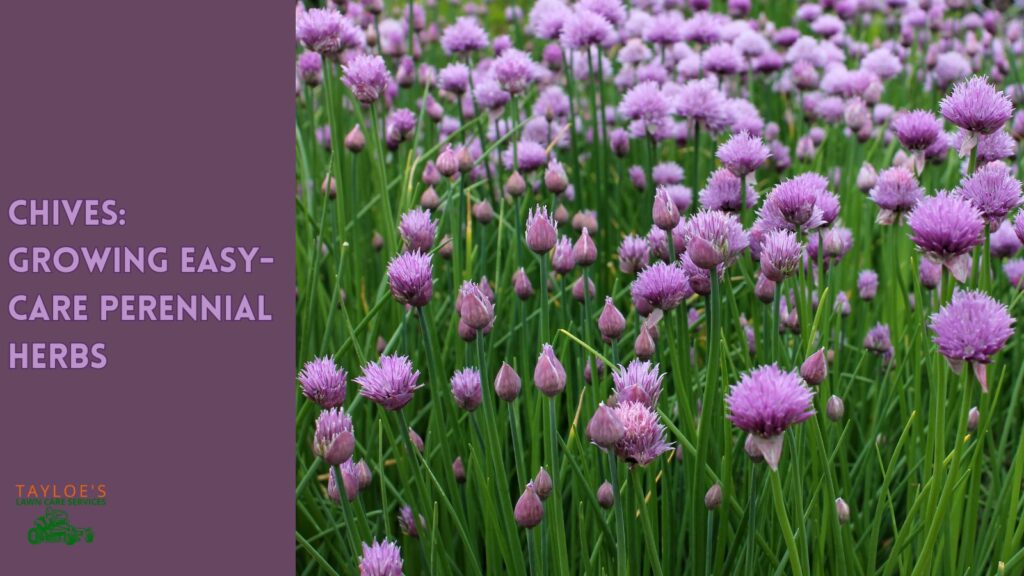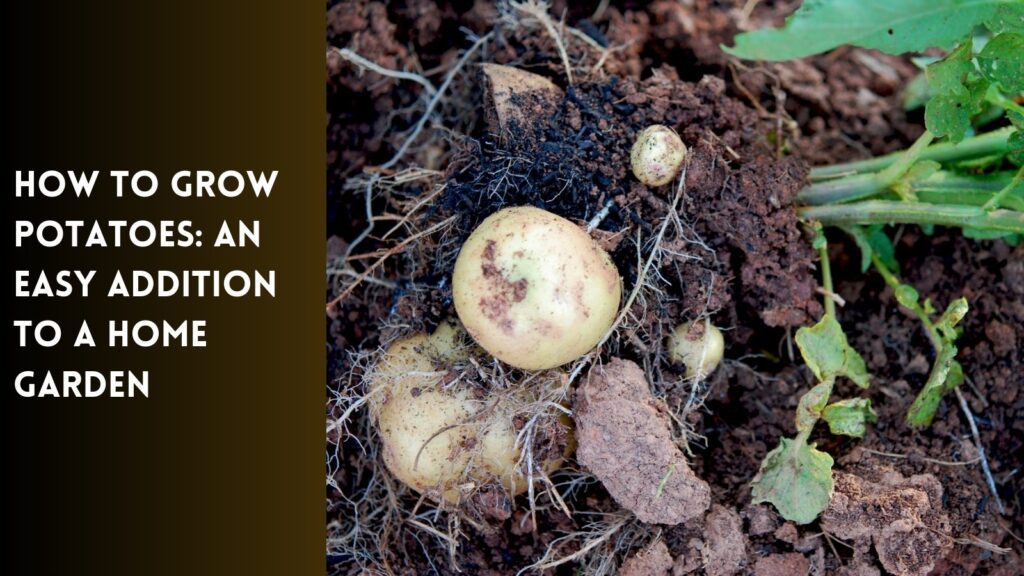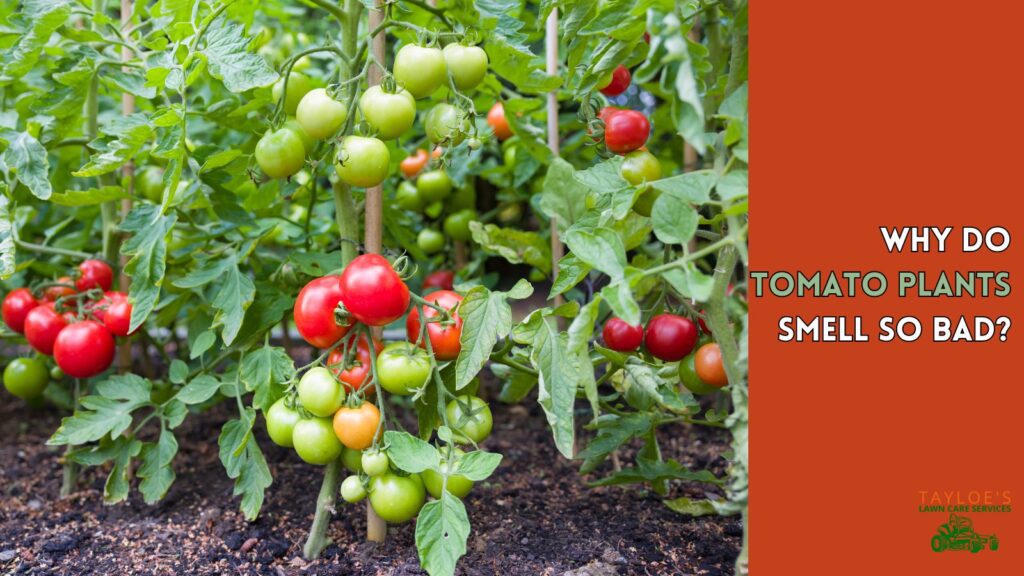Last Updated on: 12th March 2025, 10:29 am
Here are the best reasons to start a container garden.
Container gardening is growing plants in containers or pots rather than in the ground. Container gardening offers many benefits and is an excellent option for those with limited outdoor space or who want to bring greenery to their indoor or outdoor living spaces.
Ten Good Reasons to Try Your Hand at Container Gardening
Here are ten reasons why people plant container gardens:
- Small Space Gardening: Container gardening is perfect for people with limited outdoor space, such as apartment balconies, patios, or small yards.
- Flexibility: Container gardens can be easily moved, rearranged, and scaled to accommodate changing needs.
- Easy Maintenance: Container gardens are easier to care for and maintain, as they are more manageable in size and can be easily accessed for watering and fertilizing.
- Soil Quality Control: With container gardening, the soil quality can be easily controlled and optimized for the plants.
- Pest and Disease Management: Container gardens are more isolated from the ground, making it easier to manage pests and diseases.
- Improved Drainage: Container gardens often have better drainage than in-ground gardens, preventing water-logged roots and improving plant health.
- Better Soil Temperature Regulation: Container gardens have more manageable soil temperatures. Therefore, they provide an optimal plant-growing environment. Cold spell? Just move your pots indoors to a sunny window and enjoy growing food all year.
- Urban Gardening: Container gardening is an excellent option for urban gardeners who want to bring a touch of nature to their concrete surroundings.
- Decorative Accents: Container gardens are a great way to add color, texture, and visual interest to outdoor spaces.
- Seasonal Planting: You can swap container garden plants seasonally, allowing for year-round gardening and showcasing different plants at different times.
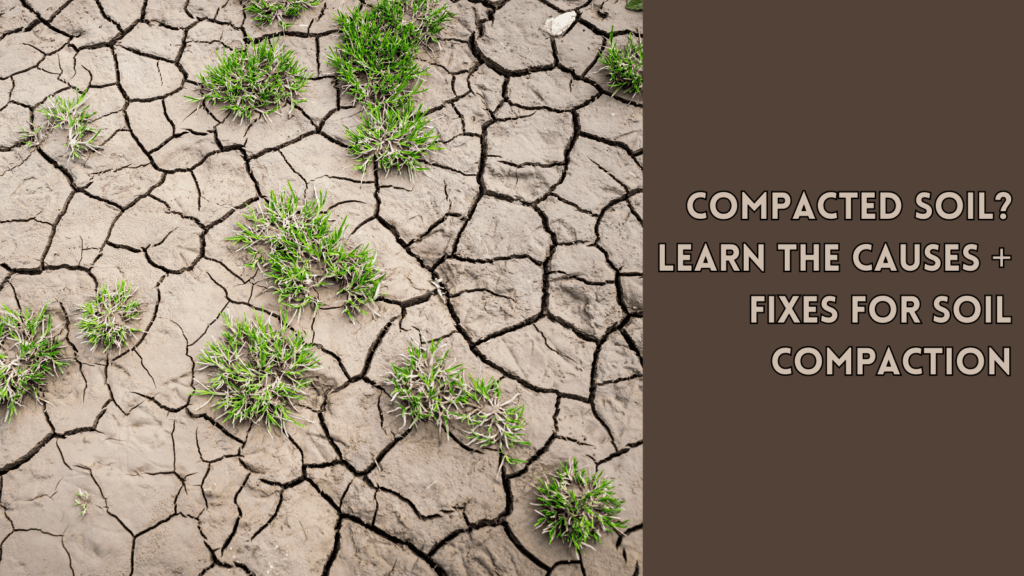
How to Pick the Right Size Container for Your Plants.
Whether you grow flowers, herbs, vegetables, or fruits in your container garden, picking the right pot is crucial to success. Pots must have the depth and width to accommodate roots, the ability to move if needed, and look attractive.
- Determine the mature size of the plants you want to grow and choose a large container to accommodate their root systems.
- Consider the number of plants you want to grow and choose a container that can accommodate them comfortably.
- Consider the weight of the container when full of soil and plants. Ensure the pot is stable and secure, especially if you are planting in a windy area.
- Choose a container with suitable drainage holes to ensure proper drainage and prevent water-logged roots.
- Consider the style and color of the pot, as it should complement the plants and the surrounding environment.
Think Creatively to Save Money on Your Containers.
Some people hesitate to start container gardening because of the cost of pots at the hardware store or nursery. Others live in urban areas with little access to these retailers.
Fortunately, that does not mean you can’t start a wonderful garden.
Think outside the box! There are many creative and cost-effective options for repurposing or recycling containers as planters for container gardens.
Here are five vessels suitable for container gardens:
- Buckets and Tubs: Large buckets, such as mop buckets or cleaning caddies, are suitable containers for larger plants with deep roots. Tubs like you might use for ice or drinks are also adorable.
- Glass Bottles and Jars: Glass bottles and jars can help grow small herbs, succulents, or other small plants. They can create a unique and attractive display.
- Coffee Cans and Tea Tins: Used coffee cans and tea tins can be cleaned and used as small containers for growing herbs or other small plants. You might also paint or decorate the tins if you desire a more colorful display.
- Tires: Stack discarded tires and fill them with soil to create taller, wind-resistant individual containers for larger plants. Or, install it like it a tire swing for a rustic flower display. They are well suited for plants that require stakes or a trellis. Leave tires for decorative flowers, not food gardening.
- Repurposed Furniture: Think about discarded pieces of furniture, such as dressers, desks, or bookshelves, that you might transform into planters. For instance, turn a bookcase on its back or remove desk or dresser drawers for instant planters.
When using repurposed or recycled containers, it is vital to ensure they are clean, dry, and free of harmful chemicals that may leach into the soil and harm the plants. Additionally, it is crucial to consider the weight of the container after you fill it with soil and plants and ensure it is stable and secure.
Choosing the proper plant pot is fundamental to successful container gardening. But you don’t need to spend too much money–look around you and find creative ways to repurpose appropriate vessels you might have on hand already.
Container Gardening Is a Key Part of Gardening
Container gardening can significantly increase food security in urban settings, where residents often lack the space for an in-ground garden. It is also crucial in rural communities, where few grocery stores exist.
When using repurposed or recycled containers, it is vital to ensure they are clean, dry, and free of any harmful chemicals that may leach into the soil and harm the plants. Additionally, it is crucial to consider the weight of the container after you fill it with soil and plants and ensure it is stable and secure.
Choosing the proper plant pot is fundamental to successful container gardening. But you don’t need to spend too much money–look around you and find creative ways to repurpose appropriate vessels you might have on hand already.
Here are several ways container gardening can help achieve this:
- Accessibility: Container gardening allows urban residents to grow food, even in small spaces such as balconies, patios, or windowsills. Growing a garden increases access to fresh, nutritious food and can reduce dependence on grocery stores.
- Local Food Production: Container gardening can help to increase local food production, reducing the need for transportation and distribution and helping to improve food security.
- Control over Quality: Container gardening gives urban residents control over their food quality, using organic and non-toxic methods.
- Food Sustainability: Container gardening is a sustainable form of food production, reducing the carbon footprint of transporting food long distances.
- Reduced Food Costs: By growing their food, urban residents can reduce their food costs, helping to make fresh, healthy food more accessible to low-income families and those on limited budgets.
- Community Engagement: Container gardening can foster community engagement and increase social cohesion as residents work together to grow food and share resources.
- Education: Container gardening can provide opportunities for education and hands-on learning about food production, healthy eating, and sustainable agriculture.
- Reducing Food Waste: Container gardening can help to reduce food waste by allowing citizens to grow only what they need and use it fresh.
Overall, container gardening provides an accessible and sustainable means of increasing food security in urban settings, improving access to healthy food, and promoting local food production.
10 Fantastic Cool-Temperature Vegetables and Herbs to Try When You Start Container Gardening
These cool weather plants are ideal for the spring and fall seasons. However, they can tolerate the summer heat in cooler USDA zones–check with your local gardening center for guidance.
Herbs:
These tasty herbs are so easy to grow! We are confident you will achieve success.
Basil (Ocimum basilicum)
- Planting and Care: Basil grows best in well-draining soil and full sun. Water regularly and fertilize every 2 or 3 weeks.
- Sunshine Requirements: Full sun.
- USDA Growing Zones: Basil can be grown in USDA Zones 4 through 11.
- Plant Description: Basil is an annual herb with fragrant leaves ranging from green to purple.
- Harvesting: Pick individual leaves as needed or harvest the whole plant just before it flowers.
- Culinary Uses: Basil is a staple ingredient in Italian cuisine and other dishes, including pasta sauces, pesto, and salads.
Chives (Allium schoenoprasum)
- Planting and Care: Chives grow best in well-draining soil and full sun. Water regularly and fertilize every 2 to 3 weeks.
- Sunshine Requirements: Full sun to partial shade.
- USDA Growing Zones: Chives can be grown in USDA Zones 3 to 9.
- Plant Description: Chives are perennial herbs with thin, green leaves and pink or purple flowers.
- Harvesting: Snip leaves as needed and use fresh or dried.
- Culinary Uses: Chives have a mild, onion-like flavor and can add flavor to eggs, potatoes, and soups.
Cilantro (Coriandrum sativum)
- Planting and Care: Cilantro grows best in well-draining soil and full sun. Water regularly and fertilize every 2 or 3 weeks.
- Sunshine Requirements: Full sun to partial shade.
- USDA Growing Zones: Cilantro can be grown in USDA Zones 2 to11.
- Plant Description: Cilantro is an annual herb with delicate, lacy leaves and white or pink flowers.
- Harvesting: Pick leaves as needed, or harvest the whole plant before it flowers.
- Culinary Uses: Cilantro is a staple ingredient in Mexican and South Asian cuisine, salsas, guacamole, and curries.
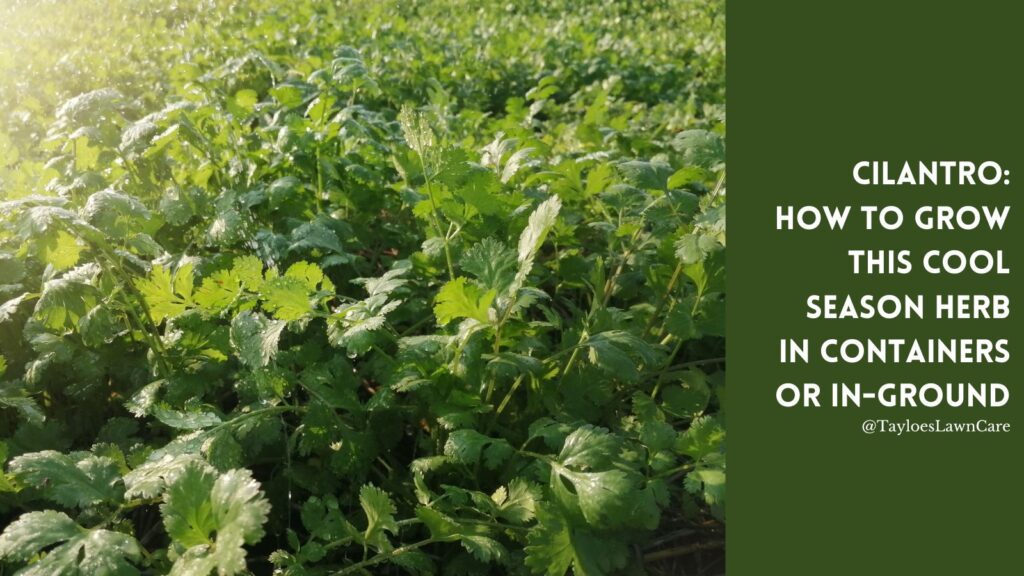
Thyme (Thymus vulgaris)
- Planting and Care: Thyme grows best in well-draining soil and full sun. Water regularly and fertilize every 2 to 3 weeks.
- Sunshine Requirements: Full sun.
- USDA Growing Zones: Thyme can be grown in USDA Zones 5 through 9.
- Plant Description: Thyme is a woody, perennial herb with small, gray-green leaves and pink or white flowers.
- Harvesting: Pick leaves as needed or harvest the whole plant just before it flowers.
- Culinary Uses: Thyme has a pungent, earthy flavor in Mediterranean and French cuisine for seasoning meats, soups, and stews.
Sage (Salvia officinalis)
- Planting and Care: Sage grows best in well-draining soil and full sun. Water regularly and fertilize every 2 or 3 weeks.
- Sunshine Requirements: Full sun.
- USDA Growing Zones: Sage can be grown in USDA Zones 5 through 9.
- Plant Description: Sage is a woody, perennial herb with gray-green leaves and blue or purple flowers.
- Harvesting: Pick leaves as needed or harvest the whole plant before it flowers.
- Culinary Uses: Sage has a pungent, earthy flavor, and you can use it in stuffing, sausage, and soups.
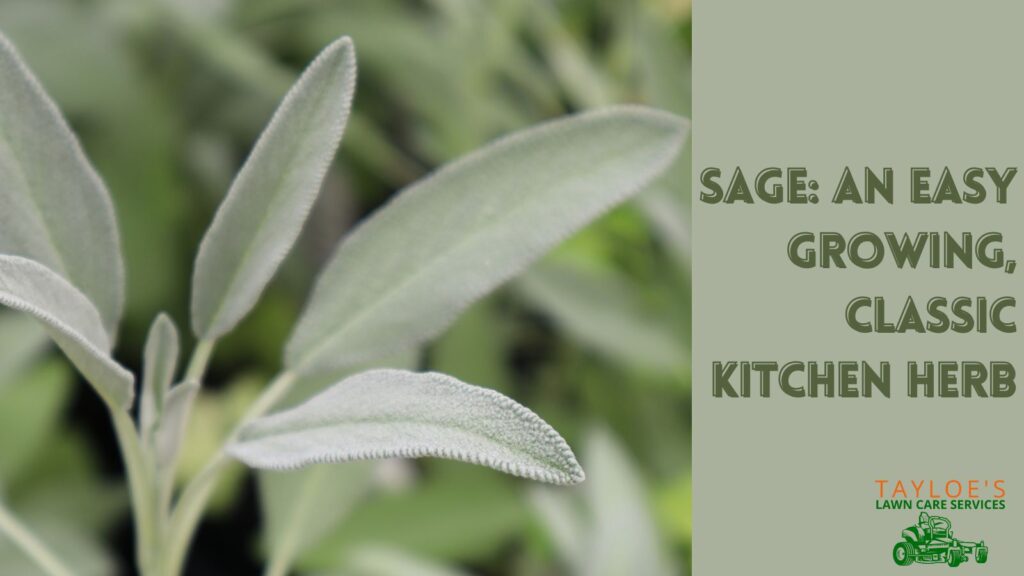
Vegetables
These veggies are lovely grown in planters. Remember that root veggies (radishes) demand a deeper pot.
Lettuce (Lactuca sativa)
- Planting and Care: Lettuce grows best in well-draining soil and full sun to partial shade. Water regularly and fertilize every 2 to 3 weeks.
- Sunshine Requirements: Full sun to partial shade.
- USDA Growing Zones: Lettuce can be grown in USDA Zones 2 through11.
- Plant Description: Lettuce is an annual vegetable with delicate green leaves in many shapes and textures.
- Harvesting: Pick leaves as needed or harvest the whole head when it matures.
- Culinary Uses: Lettuce is a staple ingredient in salads, wraps, and sandwiches.
Radishes (Raphanus sativus)
- Planting and Care: Radishes grow best in well-draining soil and full sun. Water regularly and fertilize every 2or 3 weeks.
- Sunshine Requirements: Full sun.
- USDA Growing Zones: Radishes can be grown in USDA Zones 2 to 11.
- Plant Description: Radishes are an annual vegetable with crisp, white roots and green leaves.
- Harvesting: Harvest radishes when they reach the desired size, usually within 30 to 60 days after planting.
- Culinary Uses: You may eat radishes raw, sliced into salads or sandwiches, or pickled.
Spinach (Spinacia oleracea)
- Planting and Care: Spinach grows best in well-draining soil and full sun to partial shade. Water regularly and fertilize every 2 or 3 weeks.
- Sunshine Requirements: Full sun to partial shade.
- USDA Growing Zones: Spinach can be grown in USDA Zones 3 to 11.
- Plant Description: Spinach is an annual vegetable with tender, dark green leaves in smooth or textured varieties.
- Harvesting: Pick leaves as needed or harvest the whole plant when it matures.
- Culinary Uses: You might enjoy spinach in salads, cooked in quiches and soufflés, or used as a base for dips like spinach artichoke.
Arugula (Eruca sativa)
- Planting and Care: Arugula grows best in well-draining soil and full sun to partial shade. Water regularly and fertilize every 2 or 3 weeks.
- Sunshine Requirements: Full sun to partial shade.
- USDA Growing Zones: Arugula can be grown in USDA Zones 2 to 11.
- Plant Description: Arugula is an annual vegetable with spicy, dark green leaves.
- Harvesting: Pick leaves as needed or harvest the whole plant when it matures.
- Culinary Uses: Try adding arugula in salads and on sandwiches for its spicy, peppery flavor.
Peas (Pisum sativum)
- Planting and Care: Peas grow best in well-draining soil and full sun. Water regularly and fertilize every two to three weeks.
- Sunshine Requirements: Full sun.
- USDA Growing Zones: Peas can be grown in USDA Zones 2 to 11.
- Plant Description: Peas are annual vegetables that climb on trellises or poles and produce plump, green pods filled with sweet, edible seeds. Be sure your container is generous enough to include a trellis or stakes.
- Harvesting: Harvest the pods when they are bright green and plump before the seeds inside start to mature.
- Culinary Uses: Eat these delicious peas raw, cooked, or added to soups or stews.
These are easy-growing plants, especially suitable for cooler temperatures–spring and fall in the warmer USDA zones; but they will do fine in the summer in the cooler zones. Check with your local garden center to learn the best time to plant, as there are wide ranges of growing conditions across the United States.
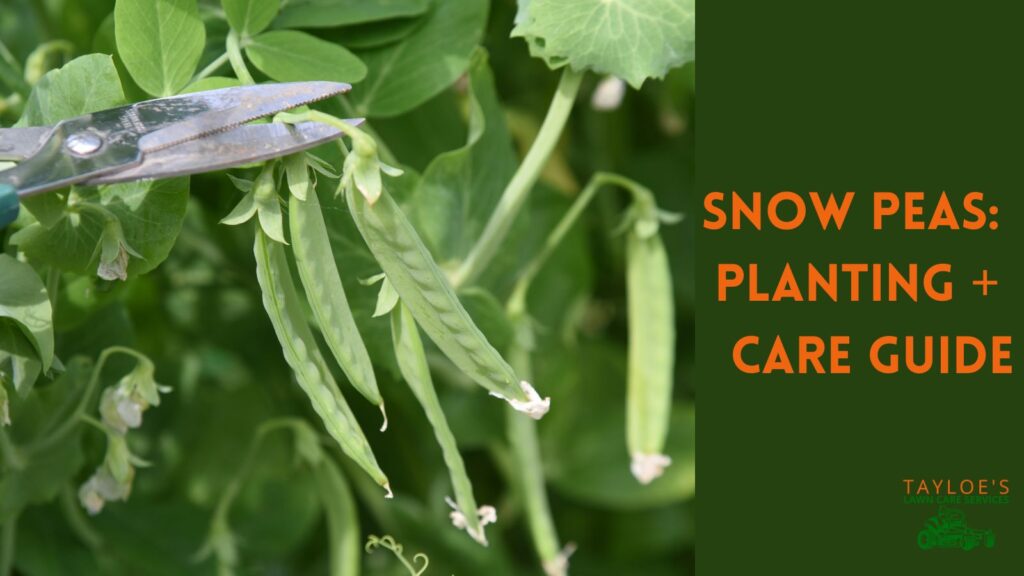
The Takeaway: Container Gardening Makes Growing Fresh Flowers, Herbs, and Vegetable Easier
Container gardening makes it more convenient for all to grow flowers, herbs, and vegetable gardens–even with limited space. It is ideal for urban and suburban areas with limited or non-existent backyard size. However, it’s also a lovely way to enhance the landscape in rural areas.
Please do not limit your imagination to the plants discussed in this article. Grow what you please, as long as it suits your USDA plant hardiness zone. If you are unsure what will work, check in with your local ag extension office for assistance. They exist in almost every county in the United States.
Do you enjoy landscaping and gardening tips and articles? Then we invite you to follow Tayloe’s Lawn Care Services on Facebook.
Author Profile

- Deborah Tayloe is the CEO and co-founder of Tayloe's Lawn Care Services, LLC. She has a B.S.Ed and holds certificates in soil and water management and herbology from accredited programs.
Latest entries
 Trees and ShrubsApril 22, 2025Boxwood Blight: Early identification and isolation
Trees and ShrubsApril 22, 2025Boxwood Blight: Early identification and isolation Flower GardenApril 8, 2025John F. Kennedy Rose: Hybrid tea rose with elegant white blooms
Flower GardenApril 8, 2025John F. Kennedy Rose: Hybrid tea rose with elegant white blooms Vegetable GardenMarch 24, 2025Trellis vegetables provide an abundant vertical garden harvest
Vegetable GardenMarch 24, 2025Trellis vegetables provide an abundant vertical garden harvest GardeningMarch 17, 2025Are coffee grounds good for compost?
GardeningMarch 17, 2025Are coffee grounds good for compost?

